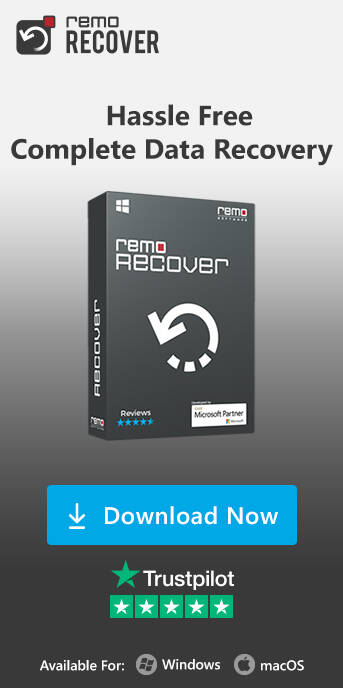Android is a Linux-based operating system, which was basically designed for touchscreen mobile devices like tablets and smartphones. It is an open-source platform. Since Android is open-source, it allows the software code to be modified and even distributed by the device manufacturers. Android’s first release was in 2008, Google in collaboration with T1 Mobile came up with the first Android handset which is “T-Mobile G1 spec”. Approximately there are 3.553 million apps available for Android in October 2023 and the number of downloaded apps from Google Play was 110 billion. Google Play is the Android app store provided by Google to download and purchase the apps like games and even songs, videos, etc.
Each of the Android applications is compiled and packed in a single file called .apk (Android Application Package). APK is a file format used to install the application software onto the device. It includes all the compiled programs of the applications, resources, manifest files, assets etc.
Version
The first version of Android OS - Android OS 1.5 was released in 2009. This was followed by many other versions as follows:
| Version | Code Name | Main Feature Added | Date of Release |
|---|---|---|---|
| Android OS 1.5 | Cupcake | Media recording and playback, native codes | Apr 30 2009 |
| Android OS 1.6 | Donut | Different screen resolution | Sep 15 2009 |
| Android OS 2.0 - 2.1 | Eclair | HTML 5 and multi-touch screens | Oct 26 2009 |
| Android OS 2.2 | Froyo | Added JIT compilation to increase the performance | Mar 20 2010 |
| Android OS 2.3 | Gingerbread | Supports OpenGL ES 2.0 and concurrent garbage collector | Dec 6, 2010 |
| Android OS 3.0 | Honeycomb | Supports multi-core processors, USB peripherals (only tablets but not Smart Phones) | Feb 22, 2011 |
| Android OS 4.0 | Ice Cream Sandwich | All features of both 3.0 and 2.0 versions to support both tablets and smart phones | Oct 19, 2011 |
| Android OS 4.1 | Jelly Bean | Introduced Google Search experience | Jun 28, 2012 |
| Android OS 4.2.2 | Jelly Bean | Gallery app animation, USB debug whitelist Bug fixes | Feb 11, 2013 |
| Android OS 4.4 – 4.4W.2 (Kitkat) | Key Lime Pie | Optimized the operating system for improved performance on entry-level devices with limited resources | October 31, 2013 |
| Android OS 5.0 – 5.1.1 (Lollipop) | Lemon Meringue Pie | Redesigned user interface that was constructed based on a a design language known as Material design. | November 4, 2014 |
| Android OS 6.0 – 6.0.1 (Marshmallow) | Macadamia Nut Cookie | Improved the user experience brought by its previous version by introducing new opt-in permission architecture, new APIs, a new power management system and more. | October 2, 2015 |
| Android OS 7.0 – 7.1.2 (Nougat) | New York Cheesecake | Introduced new features to aid multitasking such as a split screen view, inline replies to notifications, and a new battery-saving mode. | August 22, 2016 |
| Android OS 8.0 - 8.1 (Oreo) | Oatmeal Cookie | Introduced several features including notification grouping, picture-in-picture support for video, battery usage optimization, etc. | October 4, 2016 |
| Android OS 9 | Pistachio Ice Cream | Focused on User experience by revamping several preexisting features. | August 6, 2018 |
| Android OS 10 | Quince Tart | Along with major privacy and security features, there were major updates when it came to user navigation with gesture controls. | September 3, 2019 |
| Android OS 11 | Red Velvet Cake | This version introduced Conversations notifications allowing chats to be displayed as pop-up notifications or “bubbles”. | September 8, 2020 |
| Android OS 12 -12.1 | Snow Cone | Introduced minor user interface changes such as bigger buttons, updated animations, and revamped Widgets. | October 4, 2021 |
| Android OS 13 | Tiramisu | Applications now require permission to access user data such as media files, cameras, microphones, and even locations. Apps also require permission to enable notifications. | August 15, 2022 |
| Android OS 14 | Upside Down Cake | Brought minor updates such as a new Grammatical Inflection API" amongst other things. | October 4, 2023 |
| Android OS 15 | Vanilla Ice Cream | TBA | TBA 2024 |
Distinctive features of Android over other Operating systems:
Android has unique and eye-catching features to provides with high - class touch screen experience for its users. Some of these are:
- Uses SQL lite, which is a light-weight relational data base, for storing the data
- Supports wide range of connectivity options including GSM/EDGE, CDMA, EV-DO, 3G, Bluetooth, Wi-Fi, WiMAX and others
- Media support, for all formats of both audio and video files like MPEG4, MP3, AAC, AMR, H.264, PNG, GIF, and JPG
- You can perform multitasking of the applications, with a unique handling of memory allocation
- It is powered by customized 2D graphics library along with 3D graphics based on the OpenGL ES 1.0 specifications
- Its’ web browser is based on the WebKit layout engine along with the V8 JavaScript engine of Chrome
- Earlier screen shots could be captured only by connecting it to PC,s but Android has a special feature to capture screenshot on mobile phones itself
- Hardware support includes Compass, barometer, camera, GPS, Accelerometer etc.
- Designed with unique frameworks that enable reuse and replacement of the components
- Android also supports GSM Telephony
